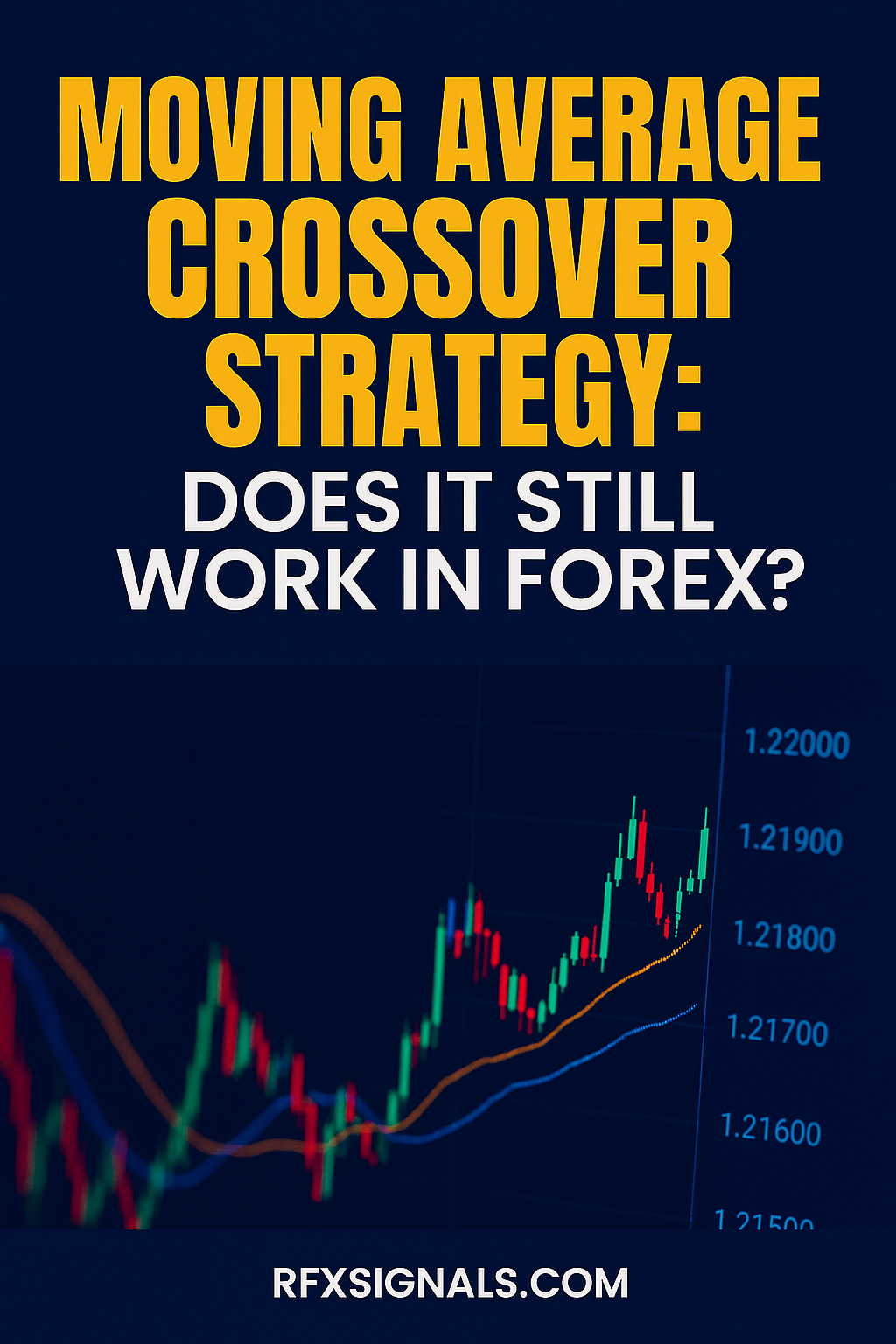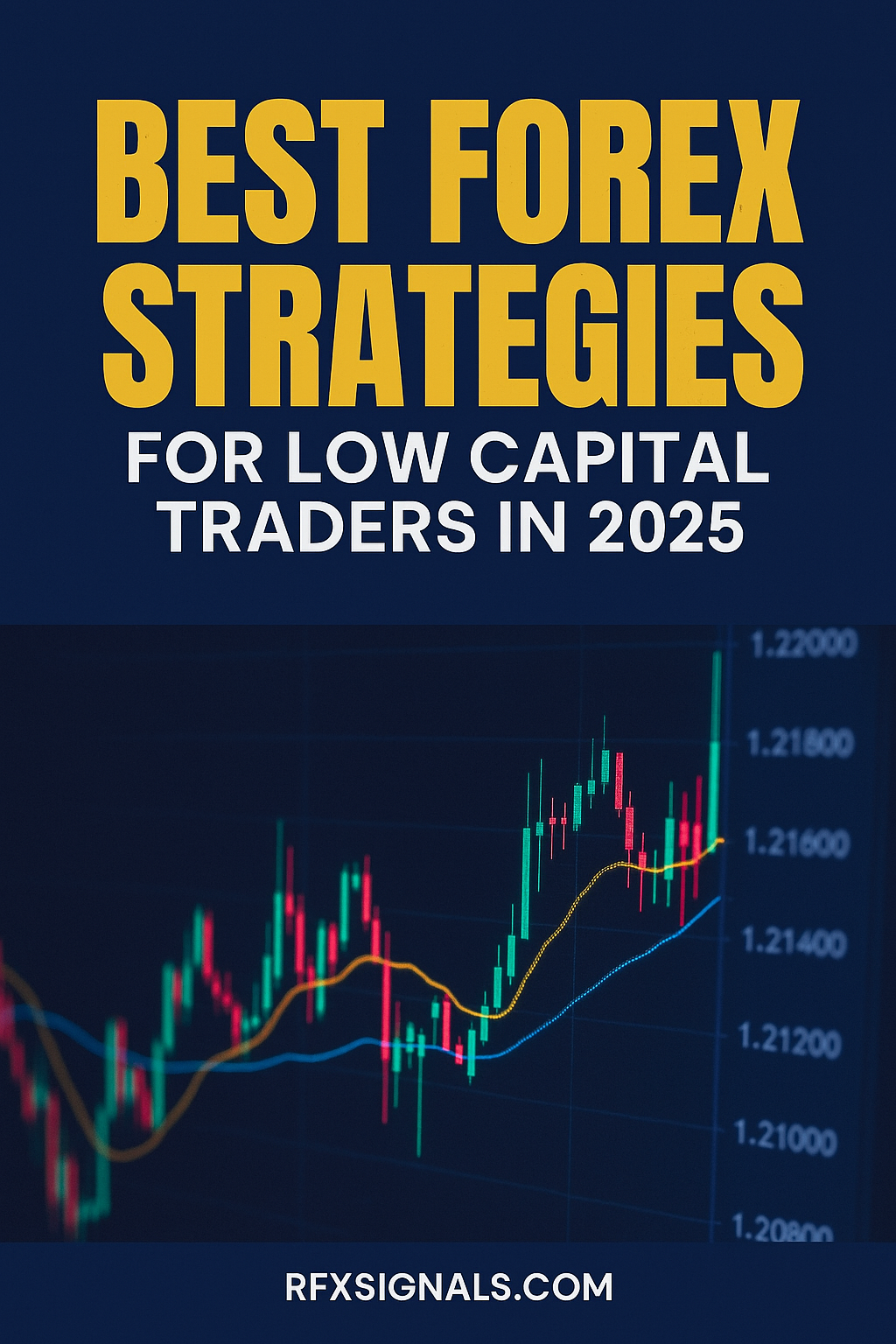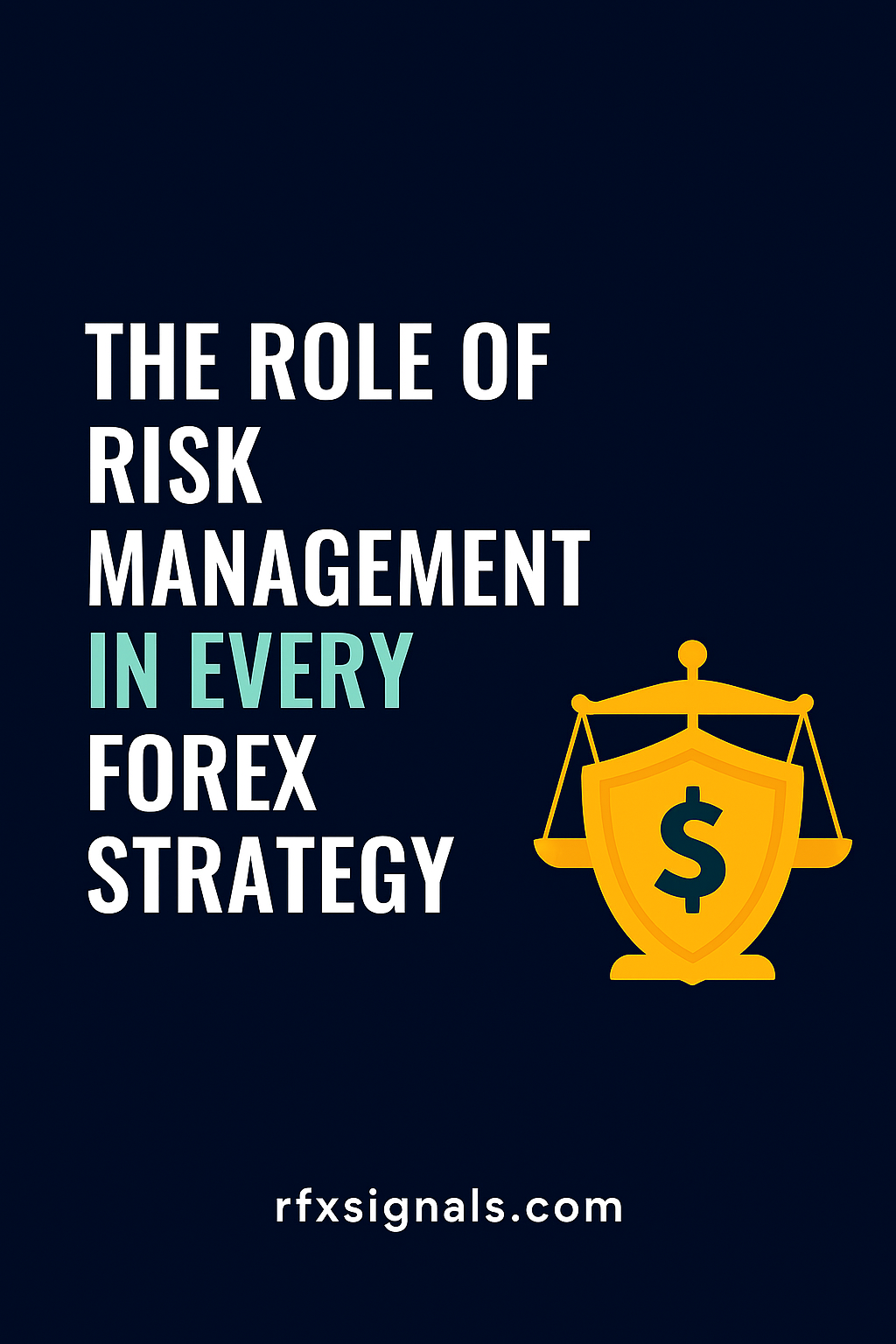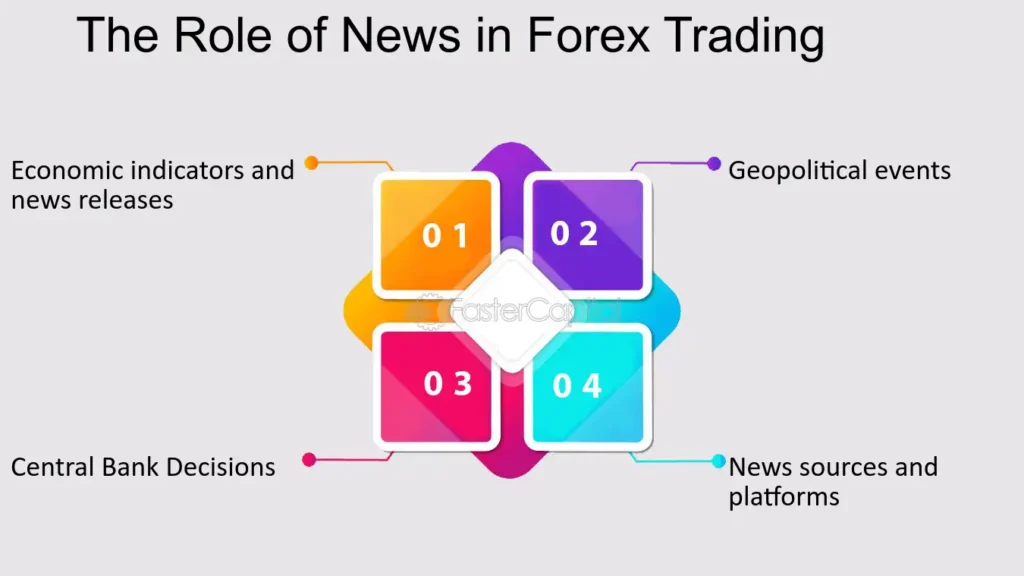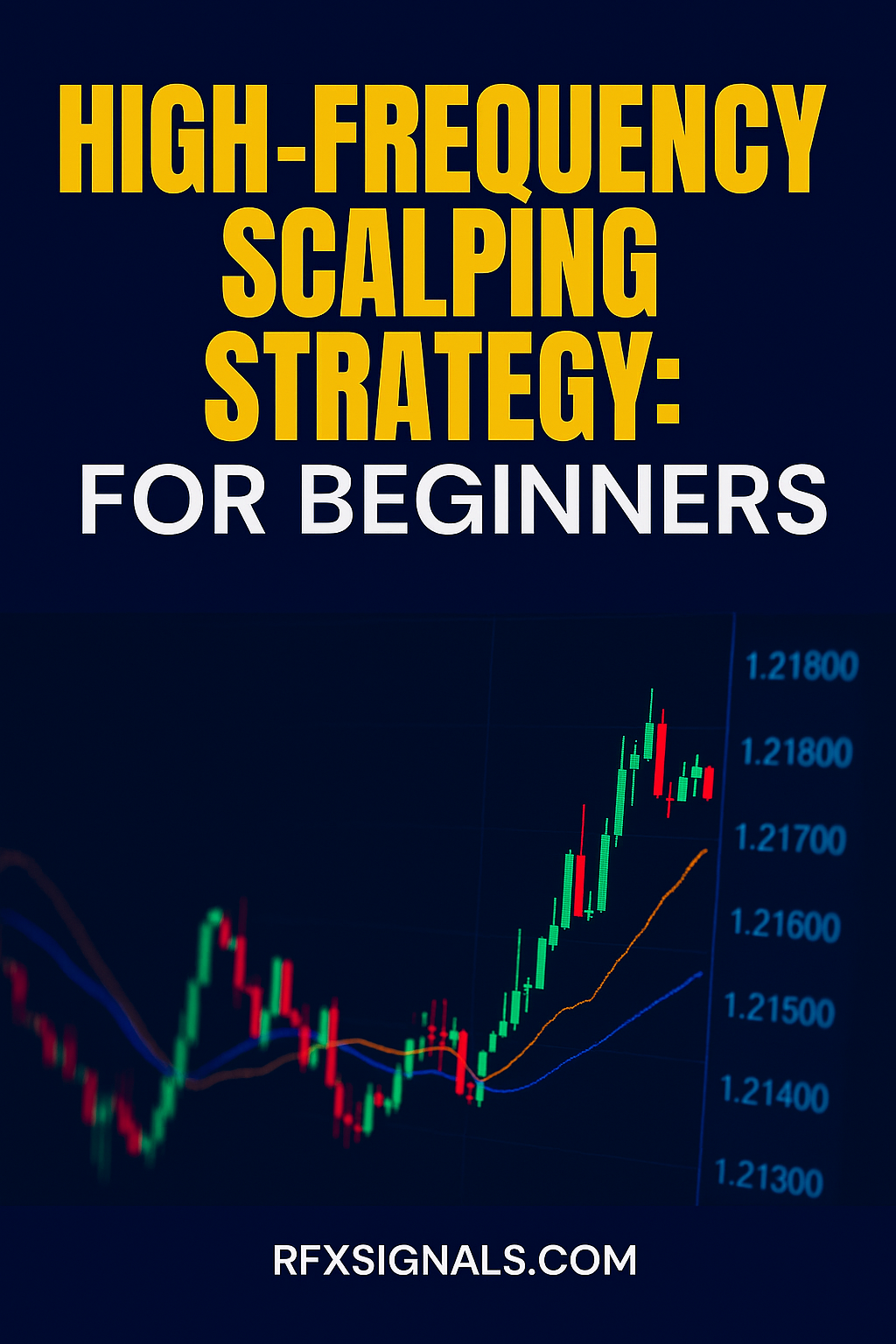
High-Frequency Scalping Strategy for Beginners
Scalping is one of the fastest-paced approaches in forex trading, designed to capture small but frequent price movements. With high-frequency scalping, traders execute multiple trades within minutes, sometimes seconds. For beginners, this strategy offers quick profits but also carries unique risks. In this comprehensive 2025 guide, we will explore how scalping works, the tools required, advantages and disadvantages, and a step-by-step approach to get started safely.
Join the RFXSignals community for high-frequency scalping setups, intraday market insights, and free signals.
What is High-Frequency Scalping?
Scalping is about taking advantage of very short-term market movements. Unlike swing or position traders who hold trades for days or weeks, scalpers may open and close multiple trades within a few minutes. High-frequency scalping pushes this further, executing dozens — sometimes hundreds — of trades daily to accumulate small profits that compound over time.
Why Beginners Are Attracted to Scalping
- Quick profits without waiting for long-term setups.
- Constant action, reducing boredom during trading sessions.
- Opportunities in both trending and ranging markets.
- Clear, rule-based entries and exits using technical indicators.
Tools Needed for High-Frequency Scalping
Before diving into scalping, beginners must equip themselves with the right tools:
- Low-spread broker: Small spreads are critical because scalpers target small profits.
- Fast execution platform: MetaTrader, cTrader, or other platforms with low latency.
- Indicators: Moving Averages, Bollinger Bands, RSI, and stochastic oscillators.
- Economic calendar: Scalping during high-impact news events requires extra caution.
Step-by-Step Scalping Strategy
- Choose the right pair: Stick to major pairs (EUR/USD, GBP/USD, USD/JPY) with high liquidity and low spreads.
- Select timeframe: 1-minute and 5-minute charts are most common for scalping.
- Set indicators: Example: 50 EMA for trend direction, 14-period RSI for overbought/oversold conditions.
- Identify entry: Trade in the direction of the trend when RSI aligns with breakout or pullback.
- Exit quickly: Target 5–10 pips per trade, with a stop-loss of similar size.
Advantages of Scalping
- Quick realization of profits.
- High frequency provides multiple opportunities daily.
- Works in most market conditions.
Disadvantages of Scalping
- Mentally exhausting — requires high focus.
- High transaction costs if broker spreads/commissions are large.
- Not suitable for slow execution platforms.
Risk Management in High-Frequency Scalping
Because of its fast-paced nature, risk management is even more critical in scalping:
- Risk only 0.5% per trade.
- Always use stop-loss orders — no exceptions.
- Do not overtrade; take breaks to avoid mistakes.
Best Times for Scalping
- London Session: High liquidity and volatility.
- New York Session: Overlaps with London for maximum volume.
- Avoid late Asian session, where spreads widen and movement is slow.
Combining Scalping with Other Strategies
Scalping doesn’t need to stand alone. Many traders combine it with swing trading or position trades. For example, you could scalp during high volatility sessions but hold swing positions in longer-term trends. This diversification improves balance in your trading style.
Link Building & SEO Funnel
Internal linking: Direct readers to other helpful guides like Moving Average Crossovers or Smart Money Concept (SMC) strategies.
External funnel: Encourage readers to join Telegram and WhatsApp groups for real-time setups.
Guest content: Share smaller scalping tips on forums, Medium, or Quora, linking back to this page for detailed explanations.
Beginner Checklist Before Scalping
- Is my broker offering low spreads and fast execution?
- Am I trading in a high-liquidity session?
- Do I have a clear entry and exit rule?
- Am I emotionally prepared to handle rapid trades?
Get daily high-frequency scalping setups and insights from RFXSignals. Join our free channels today!
Conclusion
High-frequency scalping is one of the most exciting yet challenging strategies for beginners. Its speed, opportunities, and high engagement make it attractive, but it requires strict discipline and risk management. With practice, patience, and the right mentorship, scalping can become a powerful addition to your forex toolkit in 2025.
Disclaimer: This article is for educational purposes only and does not constitute financial advice. Always test strategies in demo accounts before trading live.
